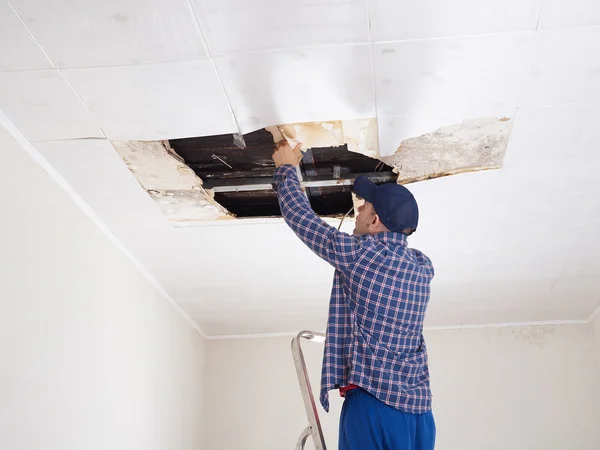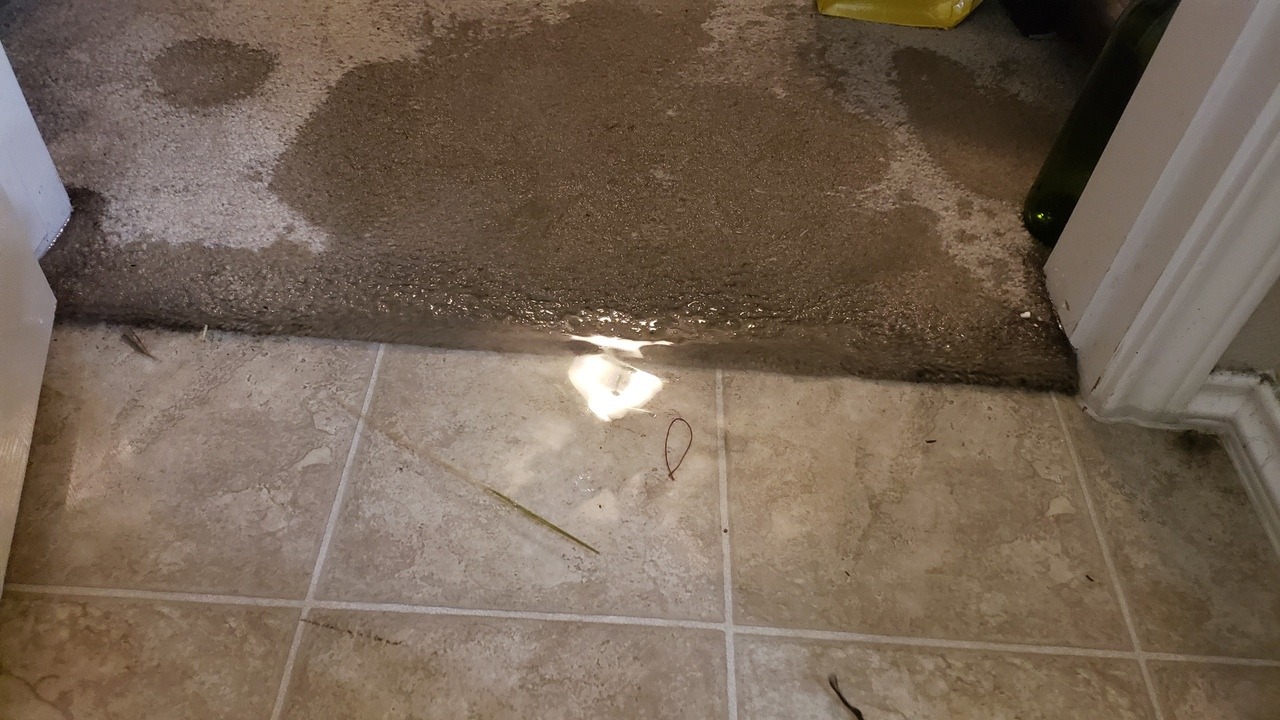The Causes of Bathroom Water Deterioration
The Causes of Bathroom Water Deterioration
Blog Article
We have uncovered this great article relating to How to Repair and Prevent Bathroom Water Damage? listed below on the web and figured it made perfect sense to share it with you over here.

Water damage usually happens in the shower room because of the water used daily. Often, the damages could be a little mold and mildew from the shower. Various other times, it's substantial damages on your flooring. Whatever it is, it is constantly great to know the reason as well as stop it before it happens.
This guide will go through a few of the typical reasons for water damage in the restroom. We will additionally examine what you can do to stop these reasons from harming your washroom. Let's dive in.
These are the typical reasons you would certainly have water damage in your restrooms and just how you can find them:
Excess Moisture
It's cool to have that lengthy shower and dash water while you dance around as well as imitate you're executing, yet sometimes these acts might create water damage to your restroom.
Sprinkling water around can cause water to go to corners and form molds. Enjoy just how you spread excess wetness around, and when you do it, clean it up to stop damage.
Splits in your wall ceramic tiles
Washroom wall tiles have been specially developed for that objective. They shield the wall surface from moisture from individuals taking showers. Nevertheless, they are not undestroyable.
Often, your bathroom wall surface tiles split and enable some wetness to seep right into the wall surface. This could potentially destroy the wall if you do not take any kind of action. If you discover a split on your wall tiles, repair it instantly. Do not wait until it ruins your wall.
Overflowing bathrooms and sinks
As humans, in some cases we make errors that can create some water damage in the restroom. As an example, leaving your sink tap on can create overflowing as well as damage to other parts of the shower room with wetness.
Additionally, a faulty commode can cause overruning. For example, a broken commode take care of or various other parts of the cistern. When this happens, it might harm the floor.
As soon as you see an overflowing sink or toilet, call a plumbing to aid handle it immediately.
Burst or Leaking Pipelines
There are many pipelines carrying water to different parts of your bathroom. Some pipelines take water to the bathroom, the sink, the faucets, the shower, and many various other locations. They crisscross the little area of the shower room.
Every so often, these pipes might get corroded and burst. Other times, human action might cause them to leakage. When this takes place, you'll find water in the corners of your bathroom or on the wall surface.
To detect this, watch out for gurgling wall surfaces, molds, or mold. Call a specialist emergency plumbing to fix this when it happens.
Roofing system Leaks
In some cases, the issue of water damage to the shower room could not come from the shower room. For example, a roof leakage might trigger damages to the shower room ceiling. You can identify the damages done by considering the water stains on the ceiling.
If you find water spots on your ceiling, check the roof to see if it's harmed. Then, call a specialist to assist solve the concern.
Final thought
Water damage to your bathroom can be irritating. However, you can manage it if you stop some of the causes stated in this guide. Call an expert emergency plumber if you notice any severe damage.
How to Prevent Water Damage in Your Bathroom?
Water damage repair is an expensive, meticulous, and lengthy process. Unfortunately, bathrooms are the most susceptible rooms to water damage due to toilets, showers, and sinks. Pipes and fixtures wear out over time and are not immune to damage. But all is not lost, as there are ways to prevent water damage from occurring in your bathroom.
Check Your Plumbing
Nothing lasts forever, especially pipes, which can rust and begin leaking over time. You should periodically conduct pipe inspections and pay attention for any musty smells or water stains that may indicate you need water damage repair. Here are some things to check:
Frequently test valves for your toilet, shower, and sink to ensure they are properly working. Check faucet supply lines hidden under vanities and replace when needed. Replace cracked or deteriorating caulking along sinks, tubs, and showers. If you notice a clog in your sink, call in a professional. Since you can’t check the pipes in the wall, keep an eye out for stains, drywall bubbling, musty smells, and excess moisture; if the bathroom is on a second level, check the ceiling of the room directly below for these signs. Don’t Overwork Your Toilet
One of the most common reasons bathrooms need water damage repair is due to overflowing toilets. Save yourself the hassle of cleanup by being mindful and not pushing your toilet to extreme limits. If you have young children, it is especially important to keep an eye on them when they are in the bathroom and to teach them how to avoid clogging the toilet. Here are some more tips to help prevent your toilet from overflowing:
If you have a septic tank, only use septic-safe toilet paper Do not flush anything down the toilet besides toilet paper; items like diapers and sanitary napkins will clog the piping Pay attention to your toilet’s water level: If it’s low, it could mean it is partially clogged or that there is a crack in the toilet bowl https://www.alure.com/home-improvements-blog/resources/how-to-prevent-water-damage-in-your-bathroom

I was shown that editorial on How to Repair and Prevent Bathroom Water Damage? through a good friend on a different domain. Sharing is caring. You won't know, you may just be helping someone out. I am grateful for your time. Kindly come by our site back soon.
Book Today Report this page